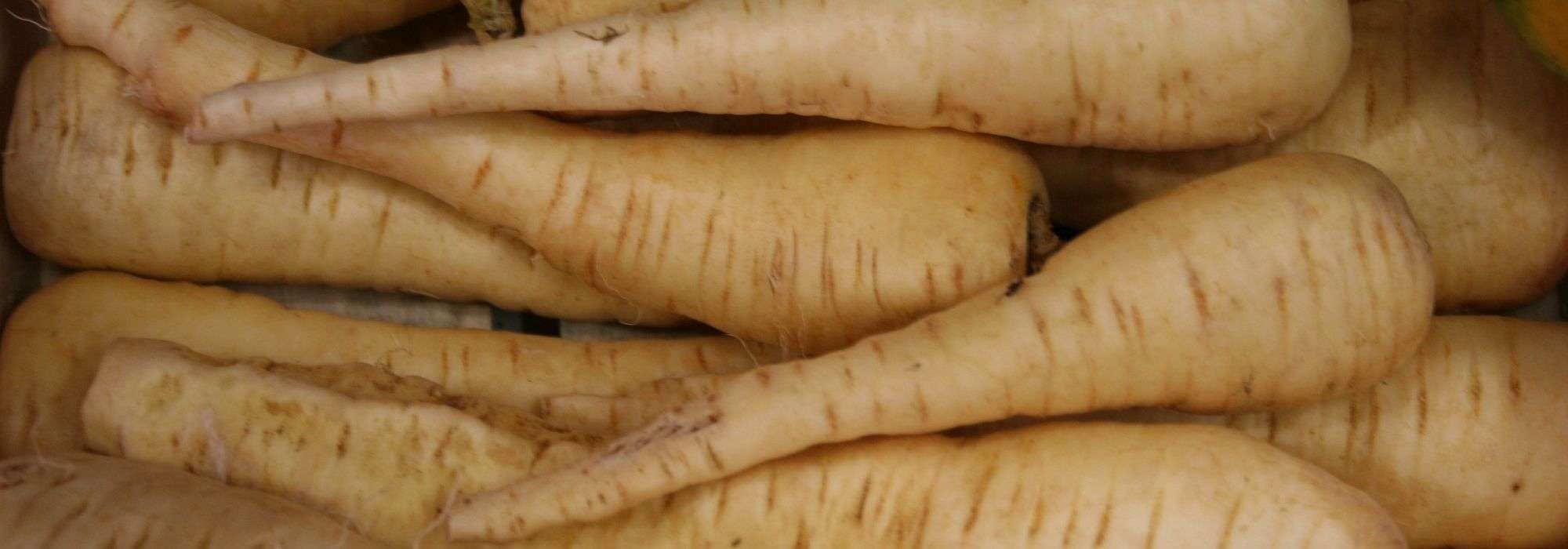
9 heritage vegetables to grow in the vegetable garden
Our selection of forgotten vegetables brought back into favour!
Summary
Heirloom vegetables, neglected for too long, are making a big comeback in our vegetable patches and on our plates. And with good reason: disease-resistant, tasty, easy to grow… the qualities of these old vegetables will appeal to beginner gardeners as well as seasoned ones. Discover our selection of 9 old and forgotten vegetables to grow in your vegetable patch for your enjoyment and that of the whole family.
Jerusalem artichoke, vegetable of yesteryear with melliferous flowering
Jerusalem artichoke is a root-vegetable prized for its knobbly tubercles whose flesh beige or pink has a delicate flavour, slightly sweet, reminiscent of artichoke. It is perennial and offers a very pretty melliferous, golden-yellow flowering in summer, similar to that of sunflowers.
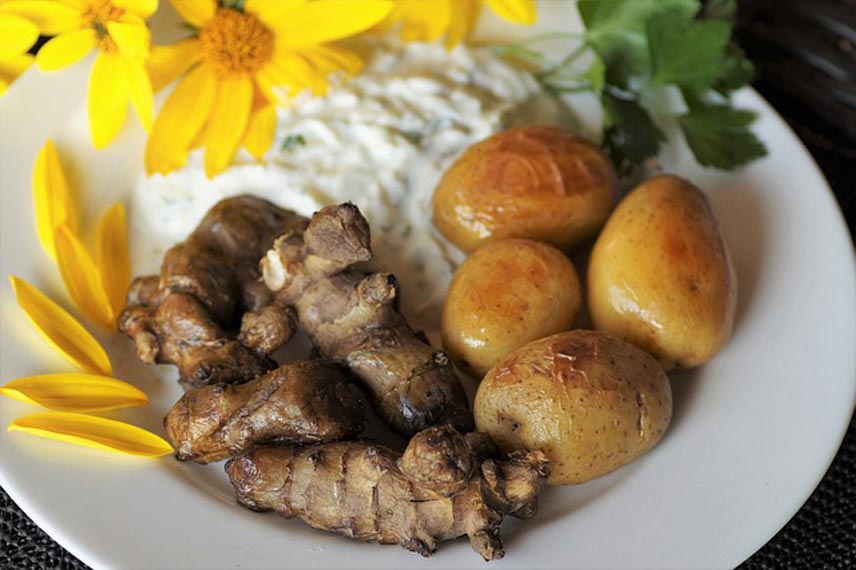
Growing in the vegetable patch
Easy to grow, it grows in all types of soil, although it prefers light, fertile, well-drained soils. Just avoid waterlogged soils, which tend to rot the tubercles. It tolerates both sun and partial shade. Plant tubercles in spring (March to June) or in autumn (September/October). Very hardy, this winter vegetable can overwinter underground and be harvested between November and March, as needed.
Which variety to choose?
Among the most interesting varieties to grow in the vegetable patch, consider the purple Jerusalem artichoke which produces tubercles with pale purple skin and flesh, creating a very attractive result on the plate. Helianthus tuberosus will also give full satisfaction thanks to its elongated tubercles and slightly sweet flesh.
Discover our complete guide to Jerusalem artichoke cultivation.
You may also read
Scorzonera: sow, maintain and harvestParsnip, an ancient vegetable ideal for beginners
Parsnip is a root vegetable grown for its roots similar to carrot, but white to cream in colour. Chips, purée, pot-au-feu, hotpot, soup… parsnip can be cooked in a thousand ways and its taste is slightly sweet and much appreciated by children. Vegetable biennial grown as an annual, it is productive and perfect for beginner gardeners.
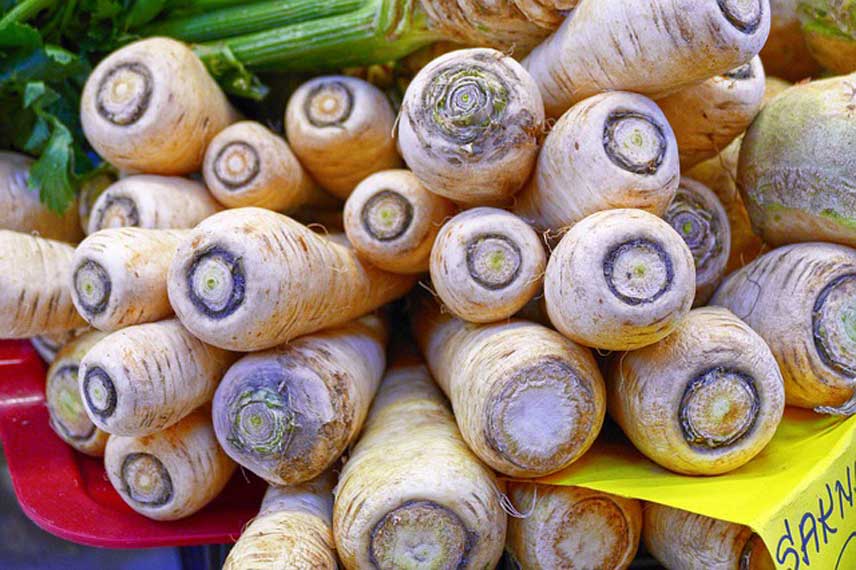
Growing it in the vegetable garden
Easy to grow, parsnip likes deep soils, rich without fresh manure and light. Very robust, it is not prone to pest attacks or to disease. It also prefers a sunny position.
Parsnip is sown from February to June, except in southern France where it is sown before June. Sowing is carried out in drills in well-tilled soil kept moist until germination. Be aware parsnip seed viability is only 1 to 2 years.
Very hardy, its harvest begins in October, but it can be left in ground and harvested as needed.
Which variety to choose?
Opt for Hablange Weisse parsnip because of its good resistance to winter conditions and to collar rot. You will enjoy harvests throughout winter. The Guernsey half-long parsnip is another variety worth attention, noted for its productivity and hardiness.
To find out more, see our full parsnip fact sheet.
Discover other Old and forgotten vegetables
View All →Available in 1 sizes
Available in 1 sizes
Available in 1 sizes
Available in 1 sizes
Available in 1 sizes
Available in 1 sizes
Available in 1 sizes
Available in 1 sizes
Available in 1 sizes
Available in 1 sizes
Chenopod, an old hardy perennial vegetable ideal for permaculture
Chenopod is a leaf vegetable similar to spinach, mainly grown for its leaves which have a delicate flavour and are eaten cooked. Perennial or annual depending on variety, it produces an abundance of edible foliage.
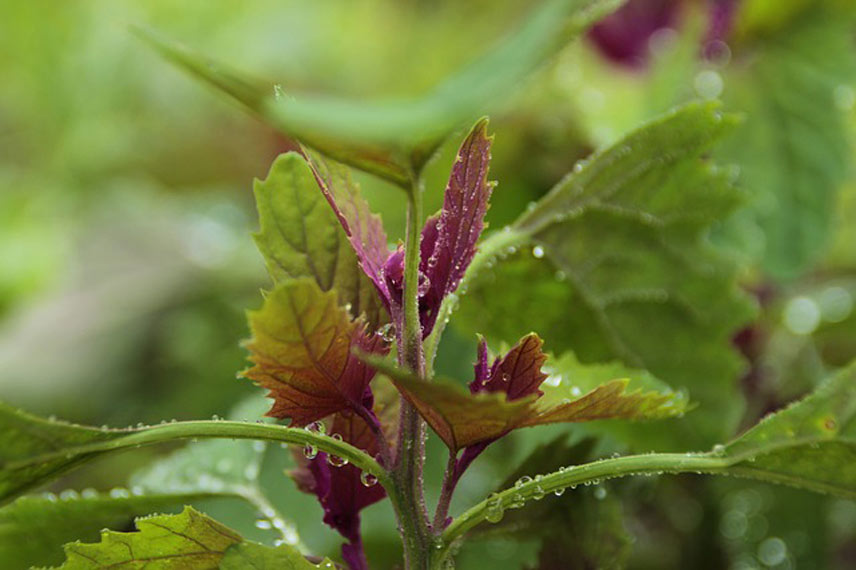
Growing it in the vegetable garden
Undemanding, chenopod prefers cool, rich and light soil. It favours shaded positions though it tolerates sunny sites.
Plant in spring (April to May) or in autumn (September/October), avoiding periods of frost and extreme heat. For annual varieties, direct sowing is carried out in soil enriched with compost, from March to April or in October.
Harvest of chenopod leaves takes place from spring to autumn.
Which variety to choose?
If you practise permaculture, there is no doubt that you will appreciate the Good King Henry chenopod, a hardy variety that is left in place for several years. Moreover, the stalk of this chenopod’s flowering stem can be prepared exactly like asparagus. The Giant chenopod is grown as an annual but is much appreciated for its ornamental qualities that will enhance your vegetable garden.
To learn more, discover our comprehensive guide to chenopod.
You may also read
The Chinese artichoke (Stachys affinis): sowing, growing, and harvestingCardoon, a heirloom variety that deserves to be grown again in vegetable gardens
Cardoon is a majestic vegetable plant grown for the fleshy midribs of its leaves, very tasty once blanched and well cooked. Its slightly bitter flavour closely resembles that of artichoke. Annual or biennial plant, even small violet-blue flowers of cardoon are enjoyed like artichoke hearts.
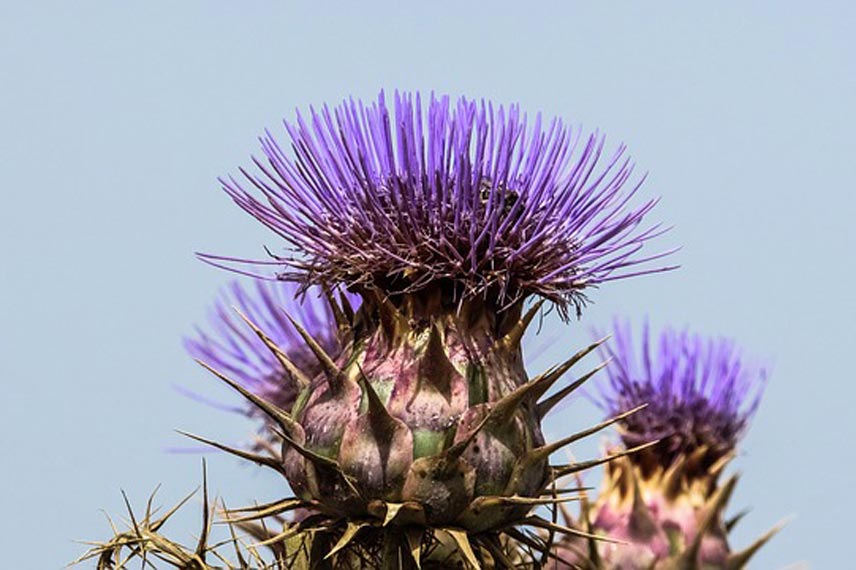
Growing in vegetable garden
Cardoon is easy to grow even in the smallest gardens. It is very productive provided it is planted after frosts (March to May depending on region), in full sun, in well-drained, humus-rich soil and cool. Resistant to diseases, however it dislikes wet and waterlogged soils.
Easily propagated by sowing, cardoon is sown in a cold greenhouse from April to May, or outdoors once soil has warmed.
Harvest midribs in summer and autumn, after blanching them for 3 weeks.
Which variety to choose?
If you are starting out, opt for the cardoon full white inermous. Its leaves naturally blanch during the season without any intervention from you, and it has no thorns. In short, you take no risk choosing this rare gem.
To find out more, discover our complete guide to cardoon.
Kohlrabi, a traditional vegetable with undeniable nutritional and flavour qualities
Kohlrabi is a variety of cabbage with many culinary and nutritional qualities, its bulbs offering a very delicate flavour, somewhat reminiscent of hazelnut. This annual vegetable is low in calories but rich in vitamins, fibre and minerals.
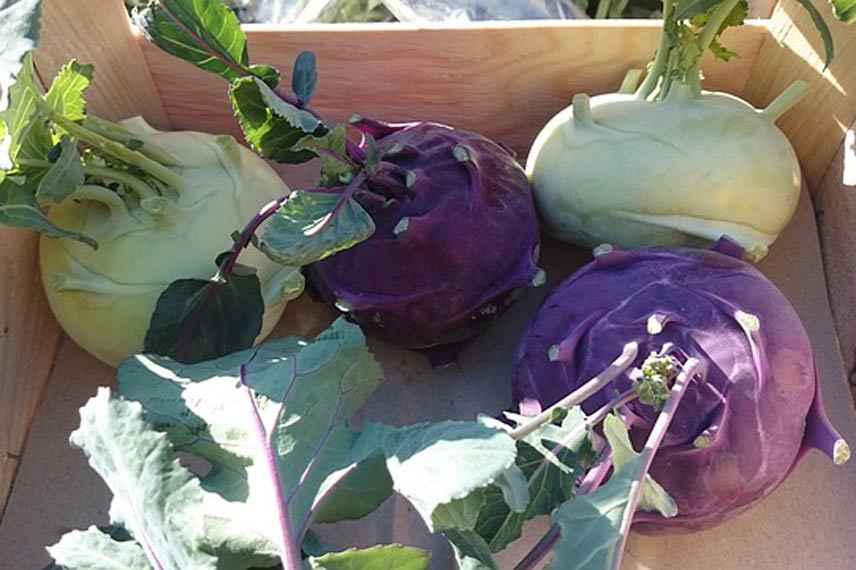
To grow in the vegetable garden
Kohlrabi is easy to grow and benefits from good disease resistance. It does however require deep, moist soil and well-manured soil, previously enriched with mature compost or well-rotted manure. Crop rotation helps prevent clubroot.
Sowing takes place over a long period, from March to mid-July depending on varieties, and planting in the garden is done between mid-April and late August.
Harvest occurs about 75 days after sowing, between July and November.
Which variety to choose?
The best known is probably kohlrabi Lanro Blanc which may not, however, be the most interesting. Opt for the kohlrabi Azur Star for its beautiful purple colour and its tender, tasty, non-stringy flesh. Try growing the kohlrabi Superschmelz, an exceptional variety producing enormous bulbs that can reach 10 kg without losing flavour.
For more information, discover our advice sheet for succeeding in kohlrabi cultivation.
Rutabaga, this ancient vegetable so productive and nutritious
Rutabaga, sometimes confused with turnip, is an autumn and winter root vegetable. Annual plant, it is grown for its white, yellow, greenish or purplish tubercles. Tender root flesh has an earthy flavour and is eaten cooked in soup, sautéed, in purée or in stew.
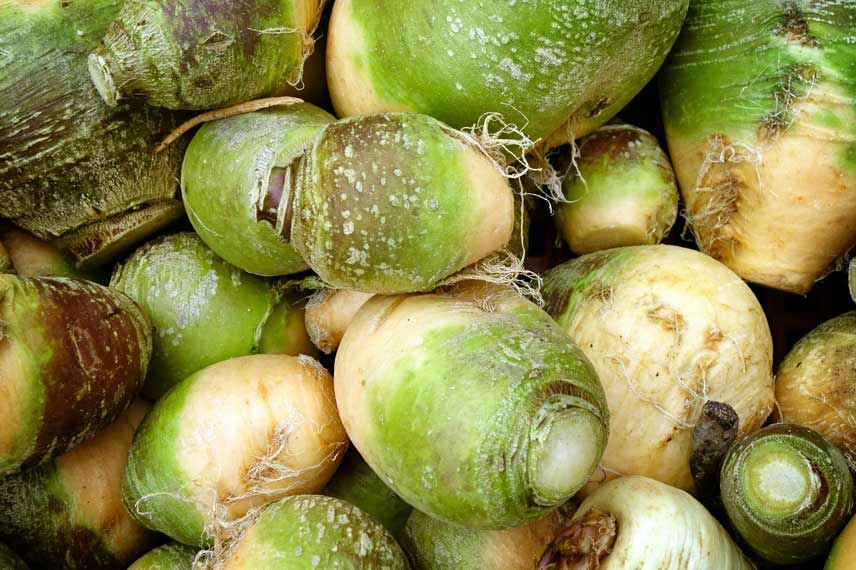
Growing in vegetable garden
Rutabaga is easy to grow, keeps very well and resists diseases. Heavy-feeding vegetable, plant in sun in well-manured, moist and light soil.
Rutabaga is easily reproduced during summer (June to August) by direct sowing in place and without protection.
Harvested from October to December.
Which variety to choose?
If you are aiming for productivity, choose with confidence rutabaga Champion or rutabaga Wilhemsburger. Two hardy varieties that will satisfy. But gourmets will particularly appreciate rutabaga Brora, which offers tender flesh with a very mild flavour and, above all, no bitterness.
→ All about Rutabaga in our complete fact sheet
Pattypan squash, a lovely heirloom variety perfect for small vegetable gardens
Pattypan is a summer squash that offers a beautiful star-shaped, domed form and countless colours. This fruiting vegetable is grown as an annual or biennial plant depending on variety. Pattypan has a pleasant artichoke-heart flavour.
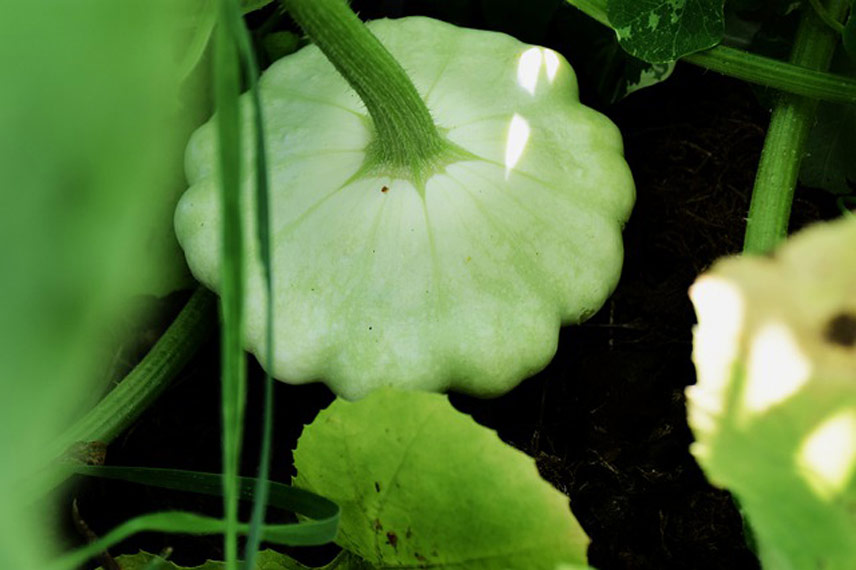
Growing it in the vegetable garden
Easy to grow, pattypan is a hungry vegetable plant that prefers sunny positions and rich, light, moist soils. It is sown each year indoors between March and April, or sown directly outdoors between April and May (depending on region), once any risk of frost has passed.
It needs a lot of water to set fruit well and is harvested between August and November.
Which variety to choose?
Opt for pattypan Croblan, verrucate variegated pattypan and orange pattypan which are non-vining or semi-vining varieties. They are therefore ideal for small vegetable gardens grown on a balcony or a terrace.
Heirloom tomatoes, often imitated, never equalled
Tomato is a vegetable-fruit among the most widely consumed in the world and heirloom varieties offer a pronounced flavour. The many heirloom varieties of tomato provide countless shapes, colours and flavours. All are grown as annuals at our latitudes.
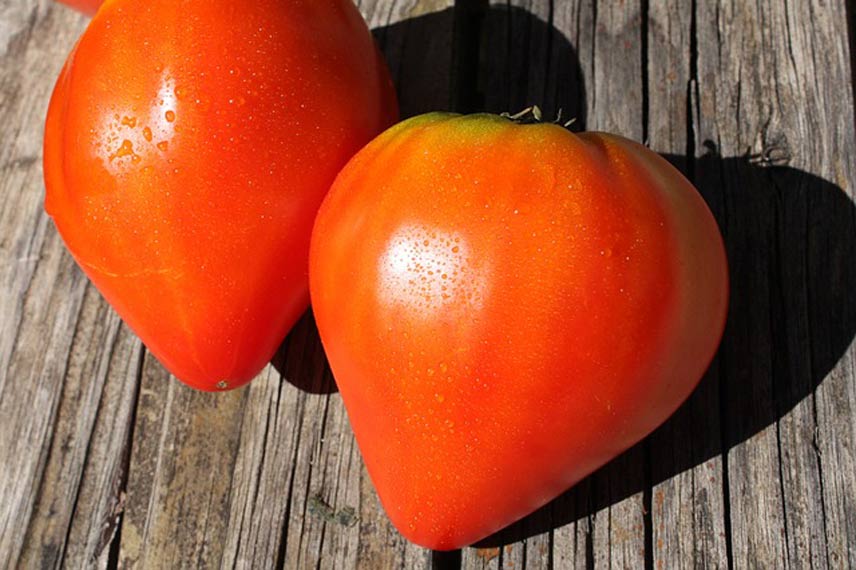
Growing it in the vegetable garden
Tomato is easy to grow in the vegetable garden, in full sun and in rich, well-draining soil. Although it requires regular watering, it dislikes excess moisture which is responsible for blight.
Easily reproducible, tomato is sown each year from mid-February to mid-May, indoors or in heated greenhouses, in trays at 20°C. Young plants are transplanted into open ground when frosts are no longer a threat.
Depending on variety (early to late) tomato harvests run from May to September.
Which variety to choose?
Rediscover the true tomato Cuor di Bue, this very fleshy, juicy and sweet large-fruited heirloom, perfect for stuffing, cold soups and carpaccios. Ideal for enhancing your appetisers, don’t hesitate to grow the tomato German Lunch Box which produces small fruits with a pink epidermis. For those who cannot stand acidity, turn to the tomato Black Krim whose sweet brown-red flesh will delight the papillae. Opt for the tomato Green Zebra, simply one of a kind. Sweet, tangy and melting, it shows a surprising lime-green epidermis streaked with orange-yellow, together with emerald-green flesh.
To learn more, discover our guide to successful tomato growing.
Pole beans — seed vegetable for reducing waste
Runner beans are vigorous vegetables that offer very good yields. Not hardy, they are grown as annuals at our latitudes. As with mange-tout, seeds and immature pods of runner beans can be eaten, which helps avoid waste. They are also very ornamental, thanks to their beautiful, colourful flowering.
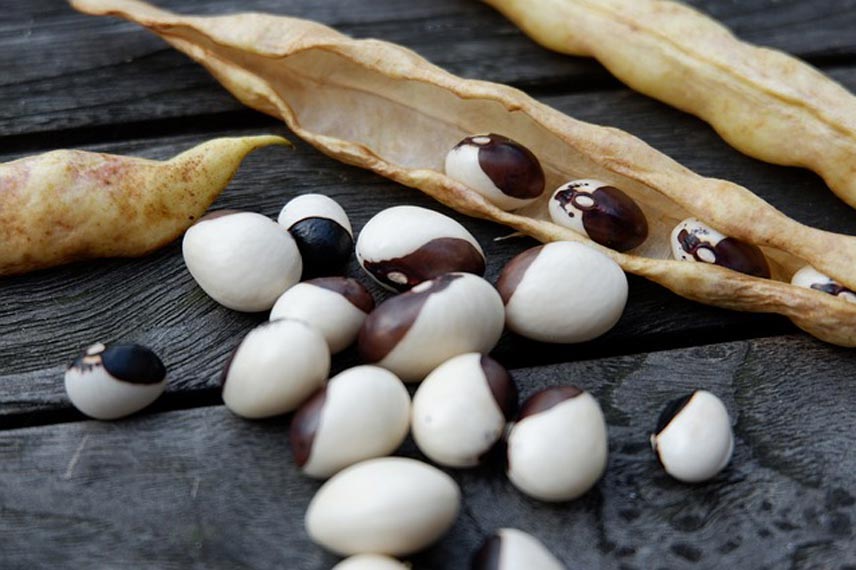
Growing in the vegetable garden
Runner beans develop rapidly and upright, are easy to grow and benefit from very good resistance to disease.
Sow under cold frame at 15°C from mid-March, or outdoors from April (in the south) until May, when soil has warmed up. Runner beans must be staked.
Harvest of fresh seeds or young pods begins 60 days after sowing (from May to October) while harvest of dry seeds occurs 90 days after sowing.
Which variety to choose?
Be won over by the Soissons large white shelling bean, renowned for its seeds’ tender flavour and its great hardiness. To charm your children, opt for the eye-catching marbled purple-and-white colouring of the Borlotto Lingua di Fuoco runner bean. Your charm offensive will not fail with the Marvel of Venice runner bean, a magnificent butter-type mange-tout variety with golden-yellow pods and melting flesh.
To find out more, see our fact sheet on 5 good reasons to grow runner beans.
- Subscribe!
- Contents
































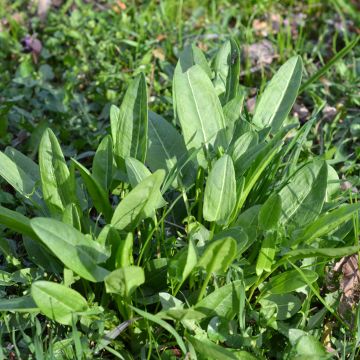
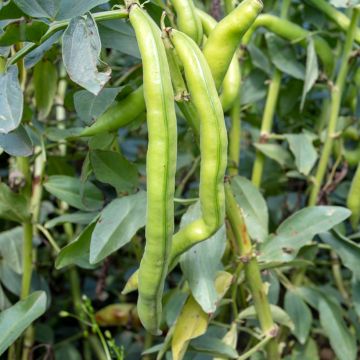
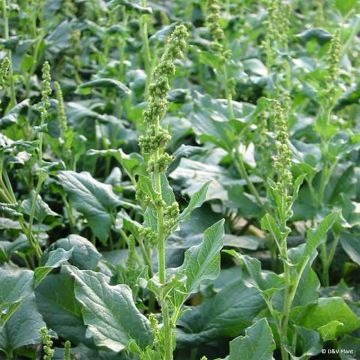
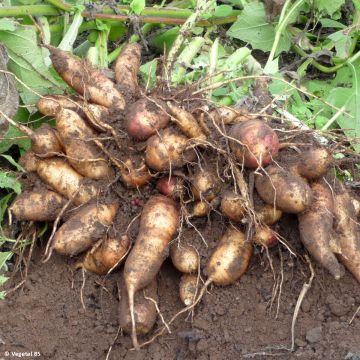
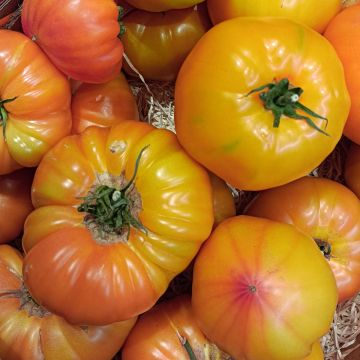
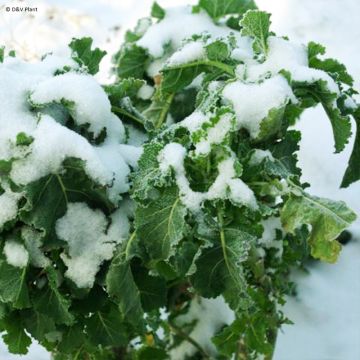
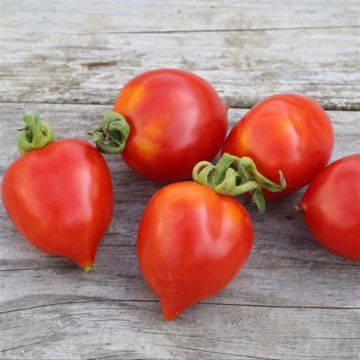
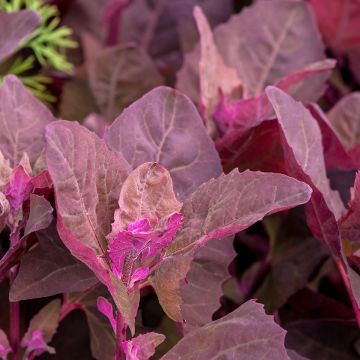
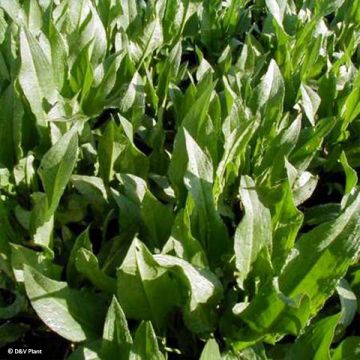
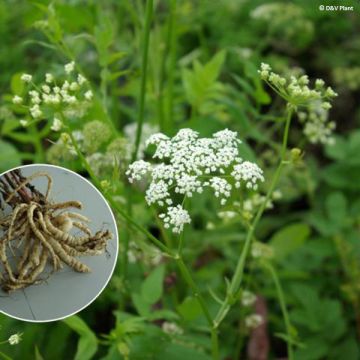
Feedbacks